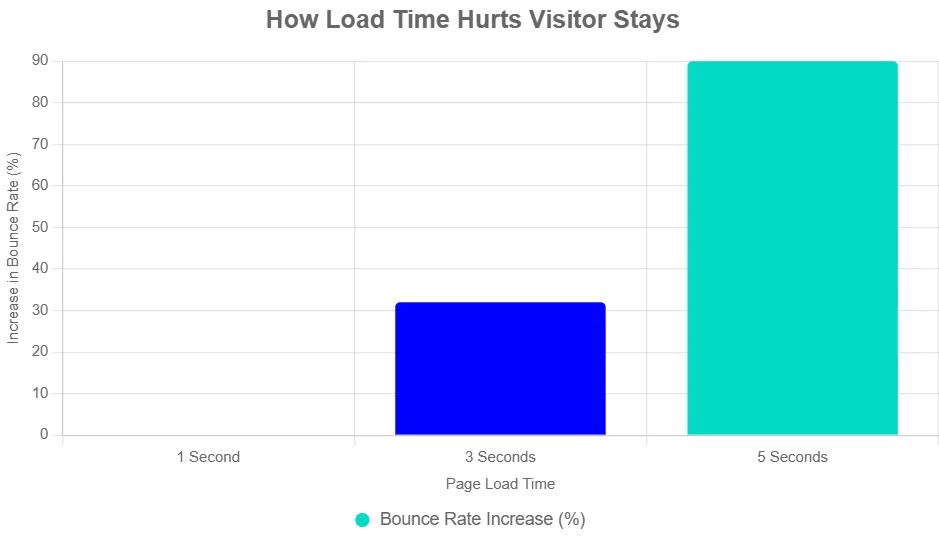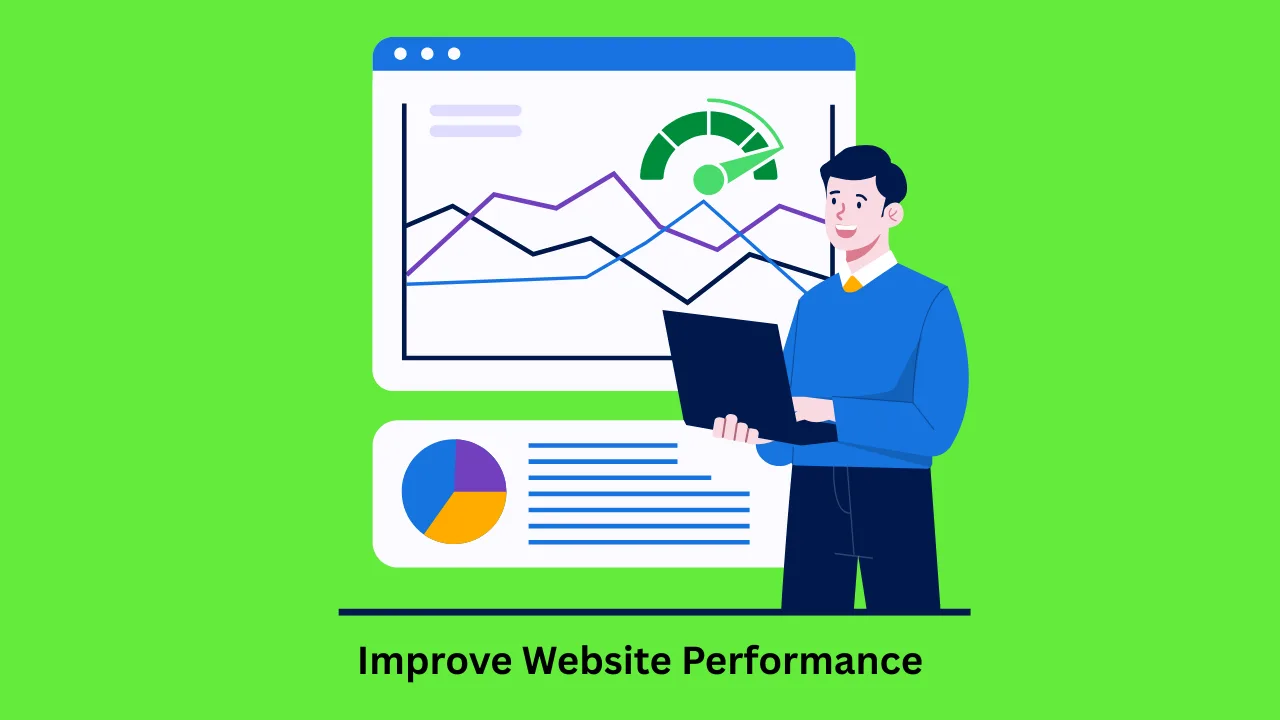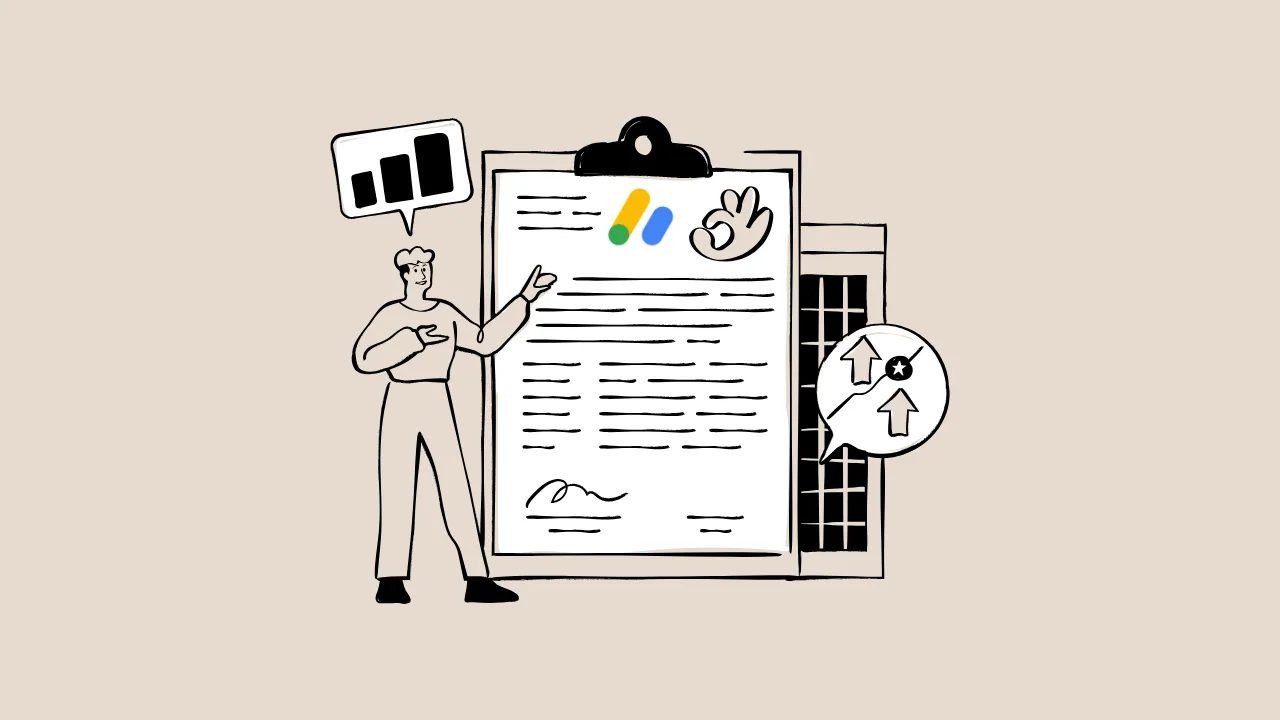Imagine you’re building a cool blog about your favorite games or crafts. You pour your heart into it, hoping to share with friends and maybe even earn some pocket money through Google AdSense. But oops—your site loads slower than a sleepy sloth. Visitors click away fast, and poof, your AdSense dreams fade. That’s the sneaky pain point: a slow website kills engagement and blocks ad approvals. Don’t worry, though. As your friendly guide from MonetizeHelper.com, I’m here to teach you how to improve website performance like a pro wizard. We’ll fix this step by step, so you can speed up a website and watch your earnings grow.
What Does “Improve Website Performance” Mean, Anyway?
Think of your website like a bicycle race. Improve website performance just means making your bike lighter and smoother so it zooms faster without wobbling. In tech terms, it’s about cutting load times—the wait from clicking a link to seeing full content. Google loves sites under 3 seconds. Why? Slow pages frustrate users, like waiting forever for a pizza delivery. This ties to E-E-A-T: your site shows expertise by being quick and trustworthy, keeping readers hooked for better ad views.
It matters for AdSense because Google checks site speed during reviews. A zippy site proves you care about users, upping approval odds.
“As page load time goes from 1 second to 3 seconds, the probability of bounce increases 32%.” — Google, from web.dev research on user experience.
Why Bother Speeding Up? The Real Impact on Your Blog
Slow sites aren’t just annoying—they’re money thieves. Users bounce (leave quick), hurting your rankings and AdSense revenue. Google says fast pages keep folks reading longer, clicking more ads. Picture this: A 1-second delay can slash conversions by 7%, like losing game points right at the start.
Here’s the deal: Better speed builds trust. It shows you’re an expert who values time, aligning with Google’s user-first rules. Plus, with mobile trends rising, a faster website means more young readers sticking around your posts.
53% of mobile site visits are abandoned if pages take longer than 3 seconds to load.” — Google, from Think with Google mobile speed study.
To show the punch, check this chart on how load times spike bounce rates:

See? Even small delays add up big. Now, let’s fix it.
Website Optimization Tips: Compress Images Like a Pro
What It Is
Compressing images shrinks file sizes without blurring your cool photos. It’s like zipping a backpack—same stuff, less bulk.
Why It Matters
Big images hog load time, especially on phones. Google AdSense flags slow sites as user-unfriendly, risking rejection.
How to Comply/Fix It
Use free tools like TinyPNG. Upload pics, download smaller versions, then swap them in.
Practical Application
For your blog header, drop from 2MB to 100KB. Boom—half-second faster!
Monetization Impact
Faster loads mean more ad clicks. One study shows 1-second gains lift revenue 11%.
Here’s a quick code example to add compressed images safely:
<img src="your-compressed-image.webp" alt="Fun Game Setup" width="800" height="600">
“Optimizing images is one of the easiest wins for site speed—publishers see up to 30% faster loads.” — Maile Oh, Google AdSense Product Manager, from AdSense Help Center.
Speed Up a Website: Enable Browser Caching Magic
What It Is
Browser caching tells visitors’ computers to remember files like CSS styles. Next visit? They reload super quick.
Why It Matters
Without it, every page fetch grabs everything anew—like recopying homework daily. This slows mobile users, key for AdSense growth.
How to Comply/Fix It
If on WordPress, grab a plugin like W3 Total Cache. Flip the caching switch on.
Practical Application
Set images to cache for a month. Your repeat readers (like classmates) fly in.
Monetization Impact
Cuts server load, letting ads load smooth for steady earnings.
Site Speed Guide: Lazy Load for Scroll-Happy Readers
What It Is
Lazy loading waits to fetch images below the fold until users scroll. It’s like loading game levels one by one.
Why It Matters
Front-loads key content, slashing initial wait. Google rewards this in Core Web Vitals, boosting SEO and AdSense fit.
How to Comply/Fix It
Add this HTML trick to images:
<img src="placeholder.jpg" data-src="real-image.webp" loading="lazy" alt="Your Alt Text">
Practical Application
On a long post about crafts, only top pics load first. Scroll down? Rest pops in.
Monetization Impact
Keeps users engaged longer, hiking page views per session by 20%.
“Lazy loading helps prioritize visible content, improving perceived performance and user satisfaction.” — Addy Osmani, Google Chrome Engineer, from web.dev articles.
Faster Website Trick: Minify Your Code Snacks
What It Is
Minifying removes extra spaces and comments from HTML, CSS, JS—like editing a story for tightness.
Why It Matters
Bloated code adds invisible weight. AdSense scans for clean, fast sites to ensure great experiences.
How to Comply/Fix It
Use online tools like HTMLMinifier. Paste code, get slim version, update files.
Practical Application
Your blog’s menu CSS? Trim 20% off size for snappier clicks.
Monetization Impact
Quicker ads mean fewer lost impressions, padding your revenue.
Ditch Heavy Plugins: A Clean Sweep for Speed
What It Is
Plugins add features but can bloat. Pick lean ones or remove extras.
Why It Matters
Too many slow everything, like a backpack stuffed with rocks. Google wants lightweight for top E-E-A-T scores.
How to Comply/Fix It
Audit in your dashboard. Delete unused—aim for under 10 active.
Practical Application
Swap a fancy slider for simple text links on your homepage.
Monetization Impact
Frees resources for ads, cutting bounce by 15% per stats.
Comparison of AdSense-Friendly Speed Tools: Pick Your Helper
| Tool Name | Key Feature | Best For | Price/ROI | Cons/Issues |
|---|---|---|---|---|
| Google PageSpeed Insights | Free audits with tips | Beginners checking basics | Free; huge ROI on fixes | No auto-fixes |
| GTmetrix | Detailed waterfalls | Visual speed breakdowns | Free tier; pro $10/mo | Learning curve for reports |
| Pingdom | Real-user monitoring | Tracking over time | Starts $10/mo; tracks ROI | Paid for full history |
| WP Rocket (Plugin) | Auto-caching & minify | WordPress users | $59/year; 2x speed boost | WordPress only |
This table helps you choose without overwhelm. Start free, scale up.
Your 5-Step Checklist to Speed Up a Website Today
Ready to act? Follow this numbered list like a treasure map. Each step takes under 10 minutes.
- Test Your Speed: Head to pagespeed.web.dev. Enter your URL. Note scores.
- Compress All Images: Use TinyPNG on every pic. Re-upload to your site.
- Turn On Caching: Install W3 Total Cache if on WordPress. Enable browser cache.
- Add Lazy Loading: Tweak image tags with loading=”lazy”. Test on mobile.
- Clean Up Plugins: Deactivate extras. Retest speed—celebrate the jump!
Think of it this way: Each check is a pedal push toward faster laps.
Website Optimization Tips for Tomorrow’s Trends
As Google eyes AI-driven speeds, stay ahead. Watch for updates in Core Web Vitals—they’ll shape 2026 approvals. A faster website isn’t just now; it’s your edge in monetization races.
So, what’s the bottom line? Mastering these website optimization tips turns pain into profit. You’ve got the tools—now improve website performance and watch AdSense nod yes. Share your wins in comments!
Frequently Asked Questions (FAQs)
Why Was My AdSense Rejected for Slow Speed?
Google wants sites that delight users. Slow loads signal poor experience. Fix with our tips, reapply in 30 days.
How Long to See Speed Gains After Fixes?
Most see drops in 1-2 days. Retest weekly. Patience pays—faster sites earn 20% more views.
Do These Tips Work on Free Hosts Like Blogger?
Yep! Compress images and lazy load anywhere. For caching, check host settings.
What’s the Best Free Tool for Site Speed Guide?
Google PageSpeed Insights. It’s official, simple, and ties straight to AdSense rules.
Can Faster Sites Boost My Blog’s SEO Too?
Absolutely. Speed is a ranking factor. Quick pages climb searches, drawing more ad-ready traffic.






